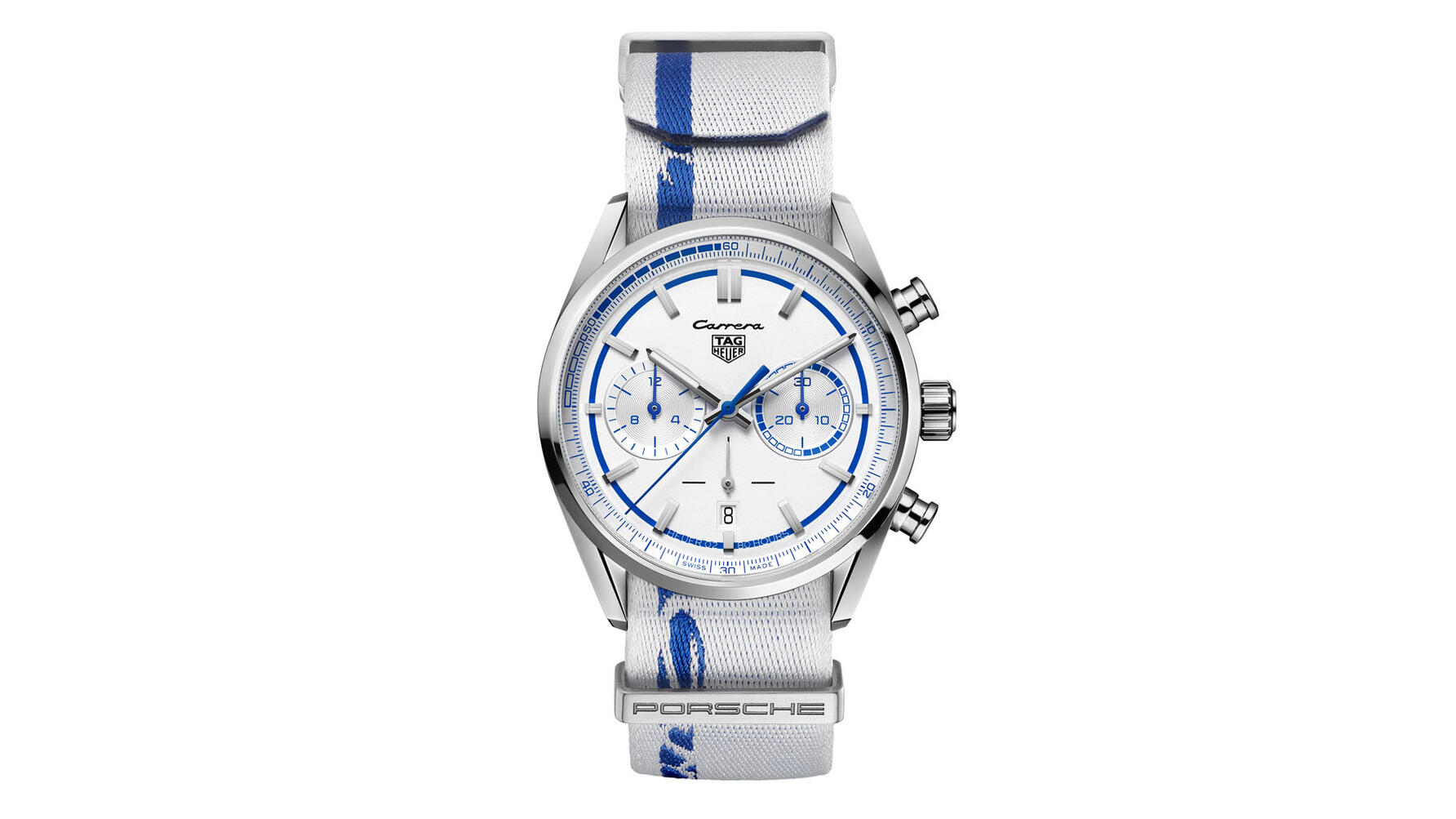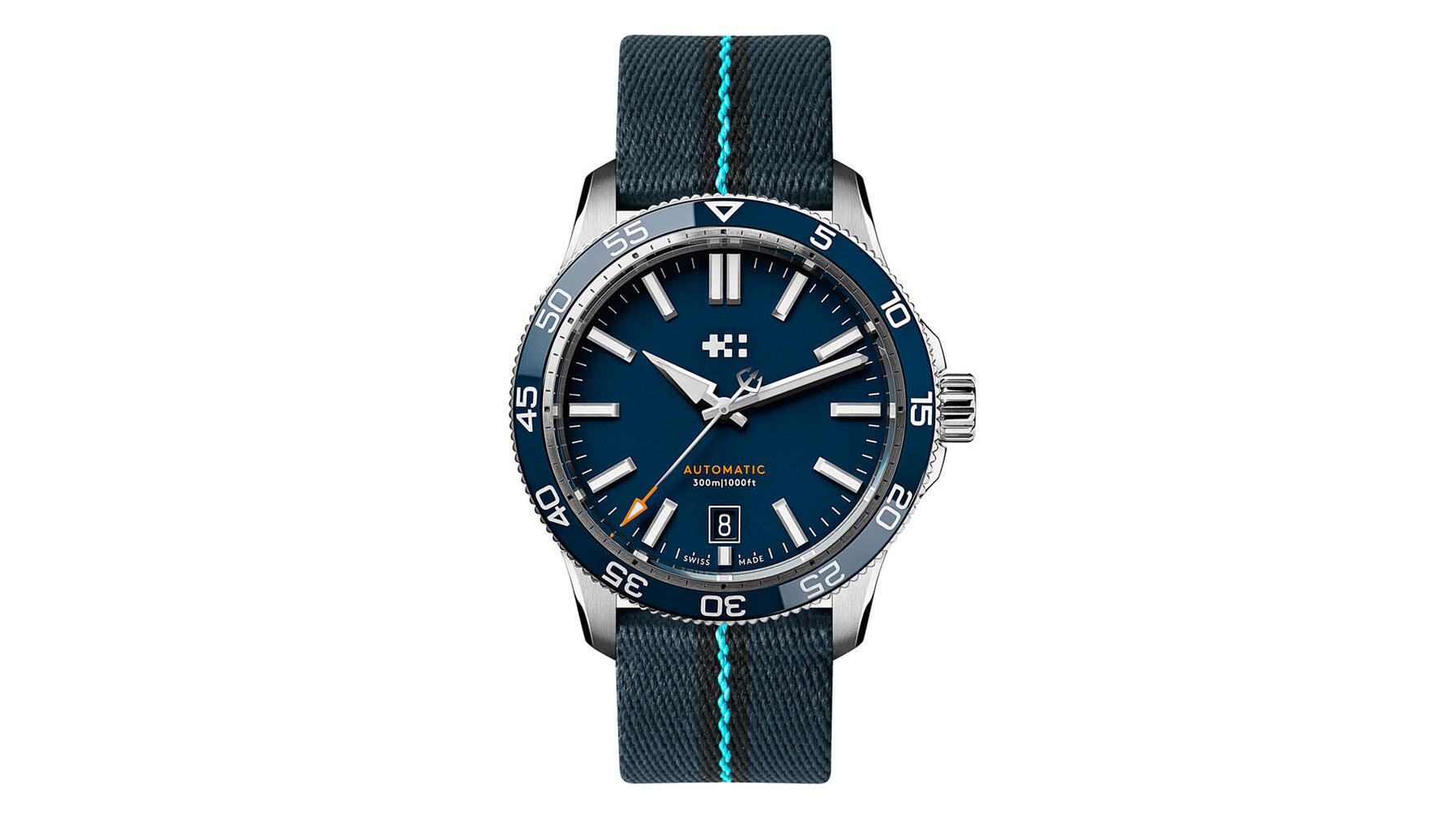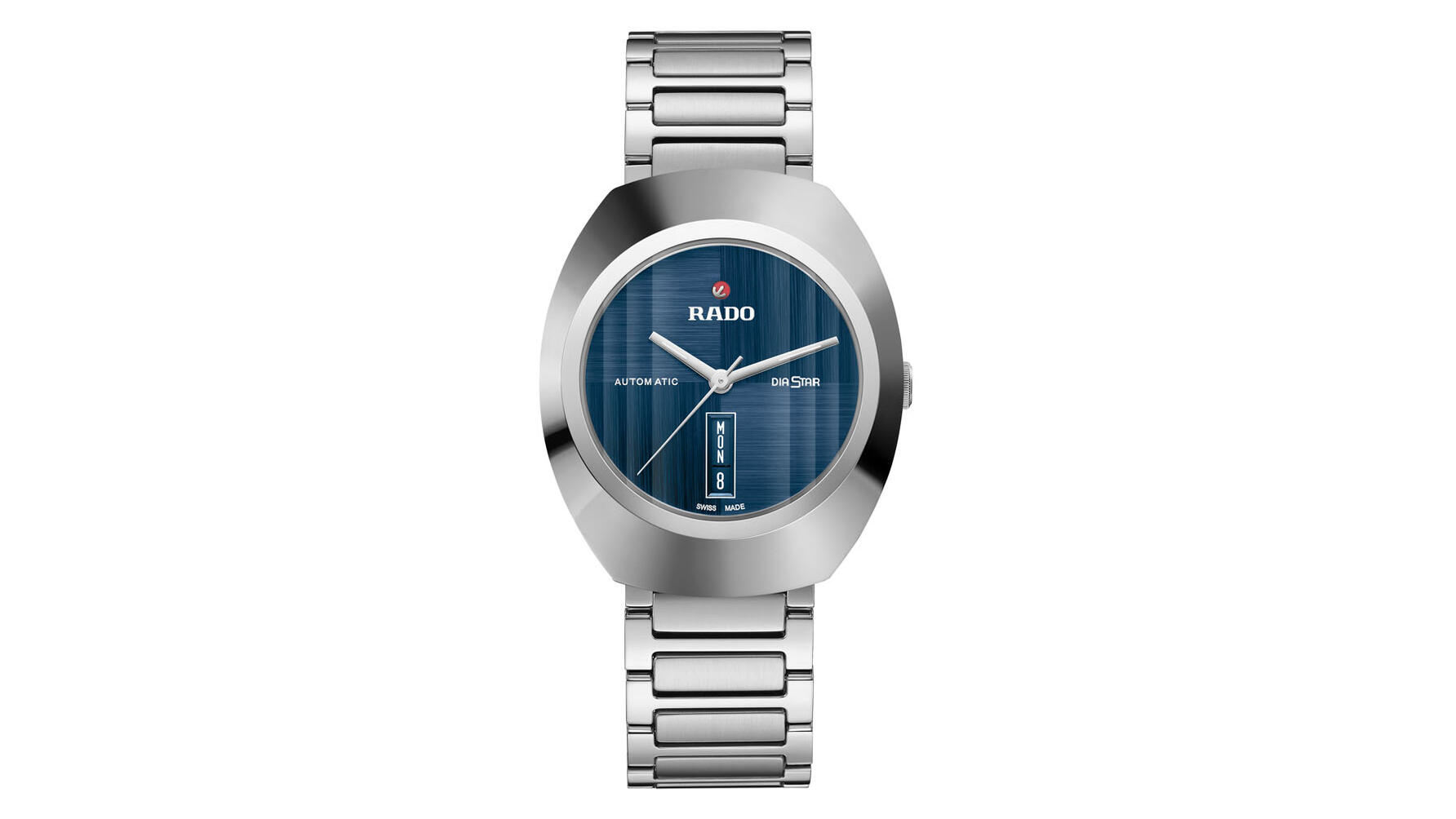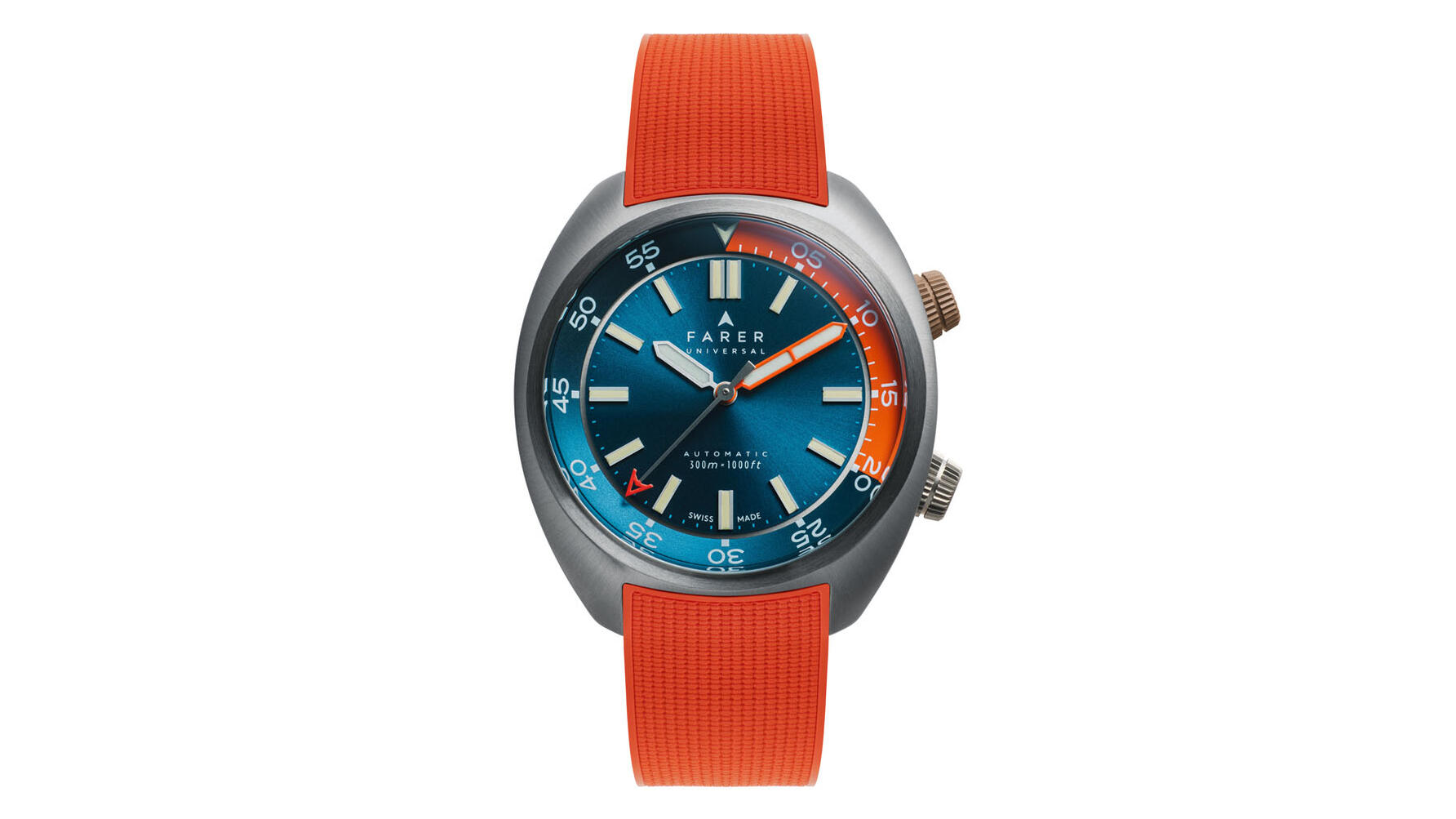
Did watches invent go-faster stripes?
Everyone knows stripes are worth a few extra bhp... or $$$ in the watch industry
You might expect a watch column on the pages of a car website to try to lure you in by saying how a mechanical watch is a piece of finely tuned machinery that is basically like wearing a sports car on your wrist. But there is no need this time, as the watches are making the point themselves with their very own go-faster stripes.
Presumably this is another attempt to bring some glamour to watches by associating them with cars – watches, after all, just tick away quietly and don’t do a great deal. If you tried to make a TG-style show about watches, without any burnt rubber or whitened knuckles, it would just be people sitting around talking about wristwear. It might appeal to a certain audience, but the viewing figures wouldn’t exactly set TV execs’ hearts racing.
But let’s give credit where it is due. Watches existed long before cars – and even got their stripes first. There is a popular decoration on fancy watches called Côtes de Genéve – Geneva stripes – invented in the late 19th century, when watchmakers began scratching intricate patterns onto the flat surfaces of watch movements.
The process was easy to automate and a cost-effective way to add some sparkle. It also served a practical purpose, as striping gave the metal a rough surface to pick up any rogue dust and stop it getting into the moving parts. The practice spread through Switzerland and over the border to Germany’s watchmaking hub, where the Germans showed their approval by changing the name to Glashütter Streifenschliff – Glashütte stripes.
This all happened more than half a century before the 1951 Briggs Cunningham C-2R Le Mans car kicked off the motoring phenomenon of go-faster stripes that was then picked up by BMW 3.0 CSLs and Dodge Vipers before trickling down to the retro-chic Mini.
Did the watch invent the go-faster stripe? That may be a stretch, because Geneva stripes are subtly engraved into the metal, rather than bright boy racer colours. But no matter who got there first, watches are playing the long game. The petrol car is headed for its last hurrah, while watches are enjoying a renaissance that shows no signs of letting up. So in a few years when your car is electric, you will still be able to buy a watch powered by a good old-fashioned mechanical movement. If the only place you can have a sports car is on your wrist, you may as well order one with some stripes.

TAG HEUER CARRERA X PORSCHE RS 2.7
Porsche has used the name Carrera since the introduction of the lightweight ‘ducktail’ 911 Carrera RS 2.7 in 1972. TAG Heuer has been using the name even longer, bringing out the Carrera chronograph in 1963 after new boss Jack Heuer was inspired by stories of the Carrera Panamericana, the Mexican road race that took place in the early Fifties. TAG Heuer celebrated the 50th birthday of one of Porsche’s most sought after models with a limited edition watch, complete with ducktail decals. Automatic chronograph movement in 42mm steel case. Water resistant to 100m. With fabric strap and steel bracelet. Limited to 500 pieces.
From £6,100; tagheuer.com

CHRISTOPHER WARD C60 TRIDENT PRO 300
Top Gear
Newsletter
Thank you for subscribing to our newsletter. Look out for your regular round-up of news, reviews and offers in your inbox.
Get all the latest news, reviews and exclusives, direct to your inbox.
British outfit offers a lot of bang for your buck by only selling through its website. Automatic movement in 42mm stainless steel case, water resistant to 300m. Textile strap is made from recycled marine plastic.
£695; christopherward.com

RADO DIASTAR ORIGINAL
Rado calls itself the Master of Materials for its scratch resistant crystal and high-tech ceramics. Diastar’s bezel is made of a ceramic-metal alloy. Automatic movement with 80-hour power reserve. Water resistant to 100m.
£1,320; rado.com

RADO DIASTAR ORIGINAL
Rado calls itself the Master of Materials for its scratch resistant crystal and high-tech ceramics. Diastar’s bezel is made of a ceramic-metal alloy. Automatic movement with 80-hour power reserve. Water resistant to 100m.
£1,320; rado.com
Trending this week
- Car Review
BMW 1 Series
- Top Gear's Top 9
Nine dreadful bits of 'homeware' made by carmakers








